What Makes a Good Axe Handle? A Complete Guide for Axe Users and Collectors
If you’ve ever swung an axe, you know that the head gets all the glory—but the handle is what connects you to the work. A good axe handle is more than just a piece of wood. It’s the key to precision, comfort, and safety. Whether you're splitting kindling at the cabin, felling trees in the backwoods, or restoring a vintage axe head, the handle you choose matters a lot.
So—what makes a good axe handle? Let’s break it down.
The Top 5 Traits of a Great Axe Handle
When it comes to axe handles, there are five critical factors that determine quality:
-
Straight Grain Orientation
-
Minimal Grain Runout
-
Proper Wood Species
-
Correct Shape and Fit
-
Moisture Content & Finish
Let’s dive into each.
1. Straight Grain: The #1 Priority
If you remember one thing, let it be this: straight grain equals strength.
Axe handles should have wood grain that runs as parallel as possible to the length of the handle. Why? Because wood is strongest along its grain. Handles with straight grain resist breaking, cracking, and absorbing shock better than those with diagonal or inconsistent grain.
How to Check:
Look down the top (eye) and bottom (knob) of the handle. The lines should be vertical and aligned with the direction of the handle.
💡 Pro Tip: Don’t get distracted by color or surface finish. Grain orientation matters most.
2. Grain Runout: Less Is More
“Runout” happens when the grain doesn’t run the full length of the handle, instead veering out one side. This creates weak points—think of it like fault lines in the wood.
Too much runout, and your handle might snap under pressure. While a little runout can be tolerable (especially on hatchets or light-use tools), less than 10% runout is the ideal target for performance-grade handles.
Why it Matters:
-
Reduces the chance of breakage
-
Provides consistent strength from top to bottom
-
Ensures better shock absorption and rebound
3. Choose the Right Wood: Hickory, Ash, or Others?
In North America, American hickory is king—and for good reason. It offers the best balance of strength, flexibility, shock absorption, and wear resistance.
Common Axe Handle Woods:
-
American Hickory – Strong, shock-resistant, traditional choice
-
White Ash – Lighter, slightly more flexible, good for smaller tools
-
European Ash – Common in European handles; fair strength but more brittle
-
Beech – Found on budget or vintage axes; decent but prone to swelling
-
Exotics (e.g., Osage Orange, Elm) – Rare but used by custom makers
At Axeman.ca, we source only premium-grade hickory handles from trusted North American suppliers—never imported junk wood or mystery-grain blanks.
4. Shape, Size & Fit: Ergonomics Matter
Handle shape is more than personal preference. A good handle should:
-
Match the axe head’s eye size properly
-
Provide a comfortable grip for swinging and chopping
-
Allow control during different types of cuts
Popular Styles:
-
Fawn’s Foot (Curved Handle) – Popular for felling axes, with a flare at the knob
-
Straight Handle – Ideal for splitting axes or double-bit axes
-
Palm Swell – Adds grip and prevents slippage
-
Octagonal vs. Oval Cross Sections – Octagonal adds grip; oval is smoother in the hand
Axeman.ca offers both curved and straight premium handles in multiple lengths and profiles—plus we guide you through how to measure your axe eye to find the perfect fit.
5. Moisture Content & Finish
Handles should be air-dried or kiln-dried to a moisture content around 8–12% before being hung. If a handle is too green (wet), it will shrink after being hung, loosening the head. If it’s too dry, it may crack with use.
Surface Finish:
-
Raw or lightly sanded handles grip better and allow oil penetration
-
Lacquered or varnished handles may look pretty, but often blister hands with long use
🔧 Best Practice: Lightly sand the handle, and finish it with boiled linseed oil (BLO) for grip, protection, and natural moisture resistance.
Bonus: Handle Color & Appearance
A question we get all the time: “Is darker hickory better than lighter hickory?”
Truth: Color doesn’t affect performance.
Heartwood (darker) and sapwood (lighter) both provide strength. Some folks prefer the look of all-heartwood handles, but the real quality test is in the grain—not the shade.
That said, heartwood is often denser and absorbs oil better, while sapwood may be slightly lighter and more flexible.
How Axeman.ca Helps You Choose the Best Handle
At Axeman.ca, we don’t sell junk. We hand-select every handle to meet strict standards:
✅ Grain runs straight—top to bottom
✅ Low runout—less than 10%
✅ Air-dried North American hickory
✅ Sanded and ready for oil
✅ Perfectly sized for premium axe heads
We also provide how-to guides on hanging your axe, selecting the right size, and caring for your handle for decades of performance.
Conclusion: Buy Once, Swing Forever
Axe handles aren’t just wooden sticks—they’re an extension of your body in the woods or at the woodpile. When you invest in a quality handle, you’re not just buying a part. You’re investing in safety, performance, and the feel of tradition in your hands.
Whether you're restoring a vintage Plumb, hanging a Gränsfors head, or customizing your favorite splitter, let Axeman.ca help you find the perfect fit. We’ve got Canada’s best axe handles, and we’ll prove it one swing at a time.
Browse our full collection of premium axe handles now – and bring your axe back to life, the right way.


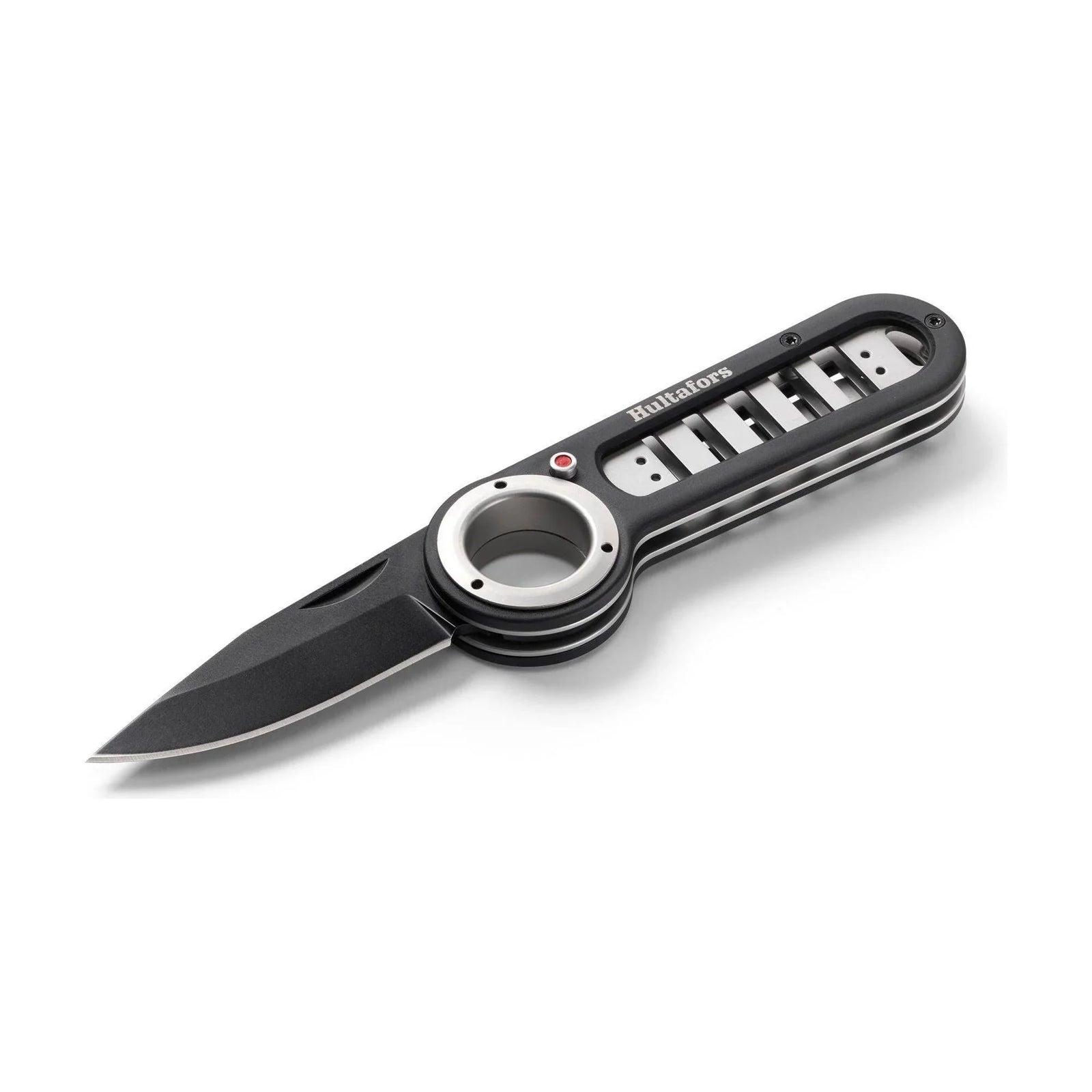
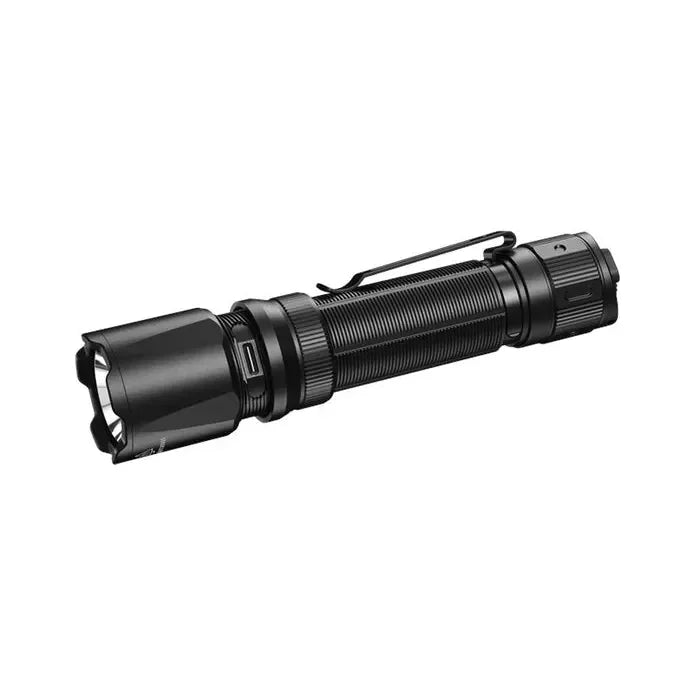
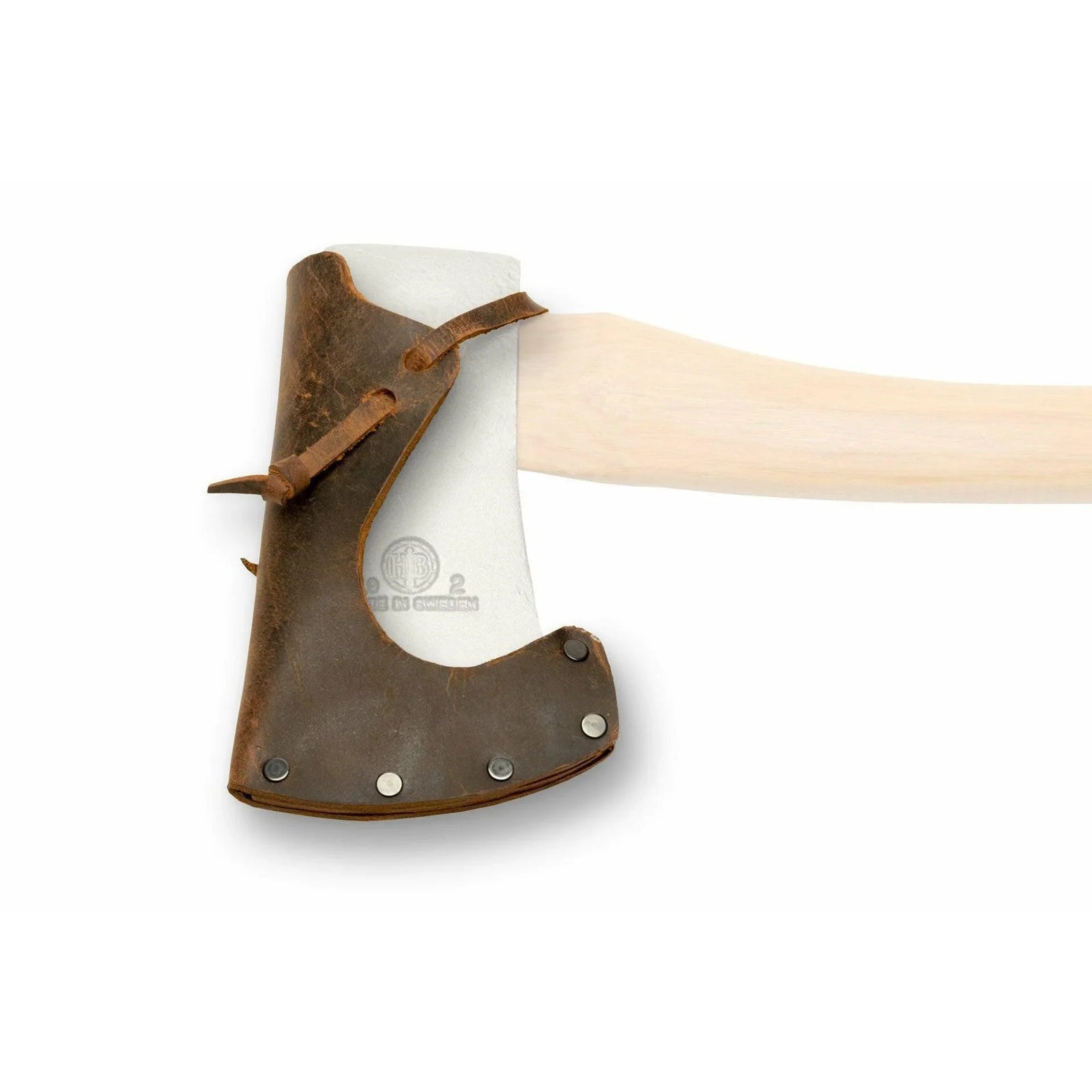
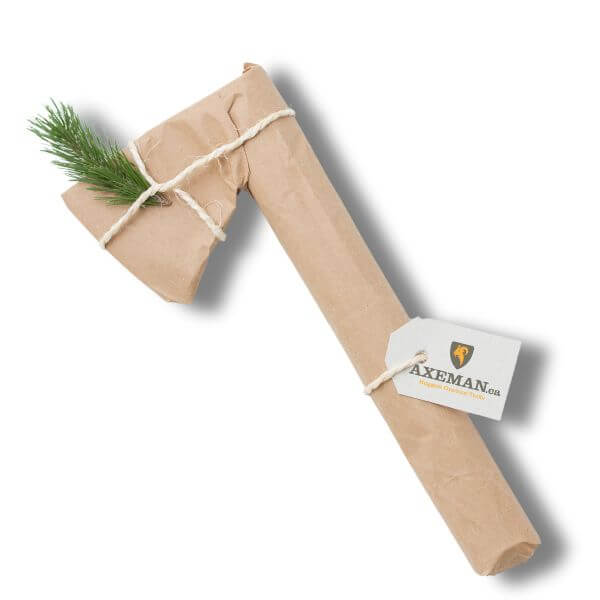

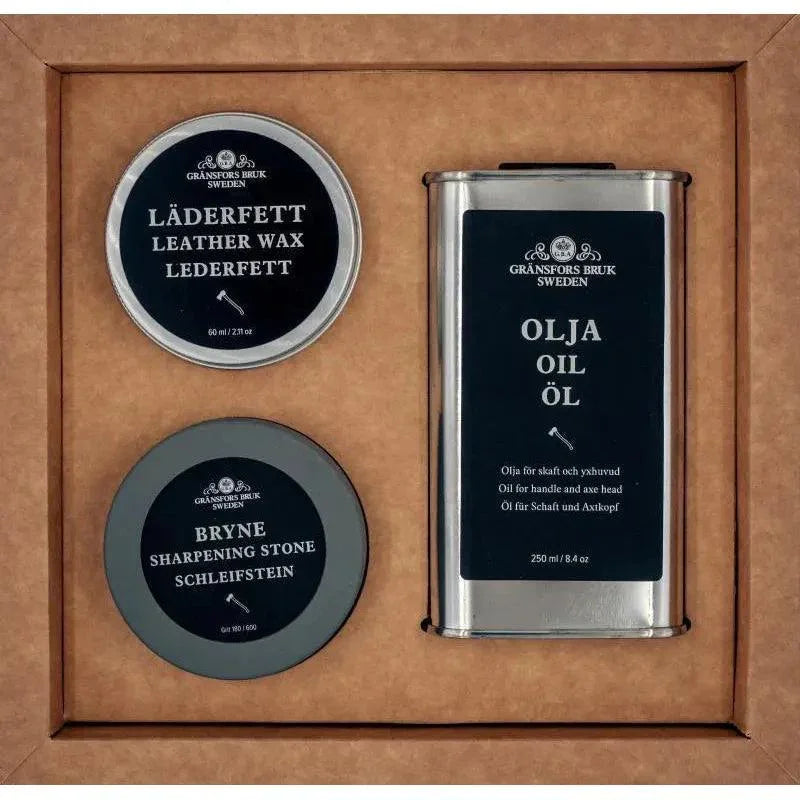
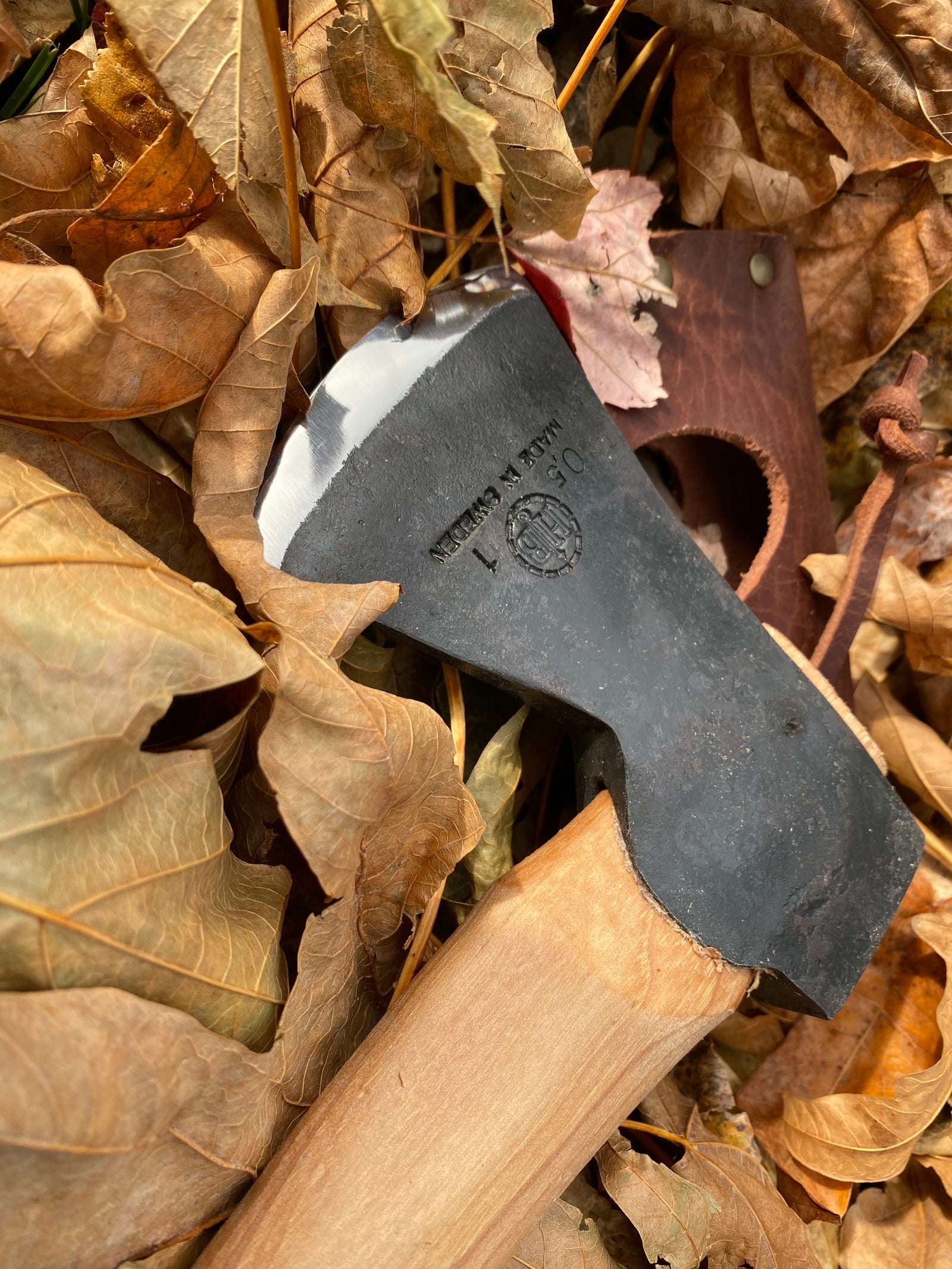



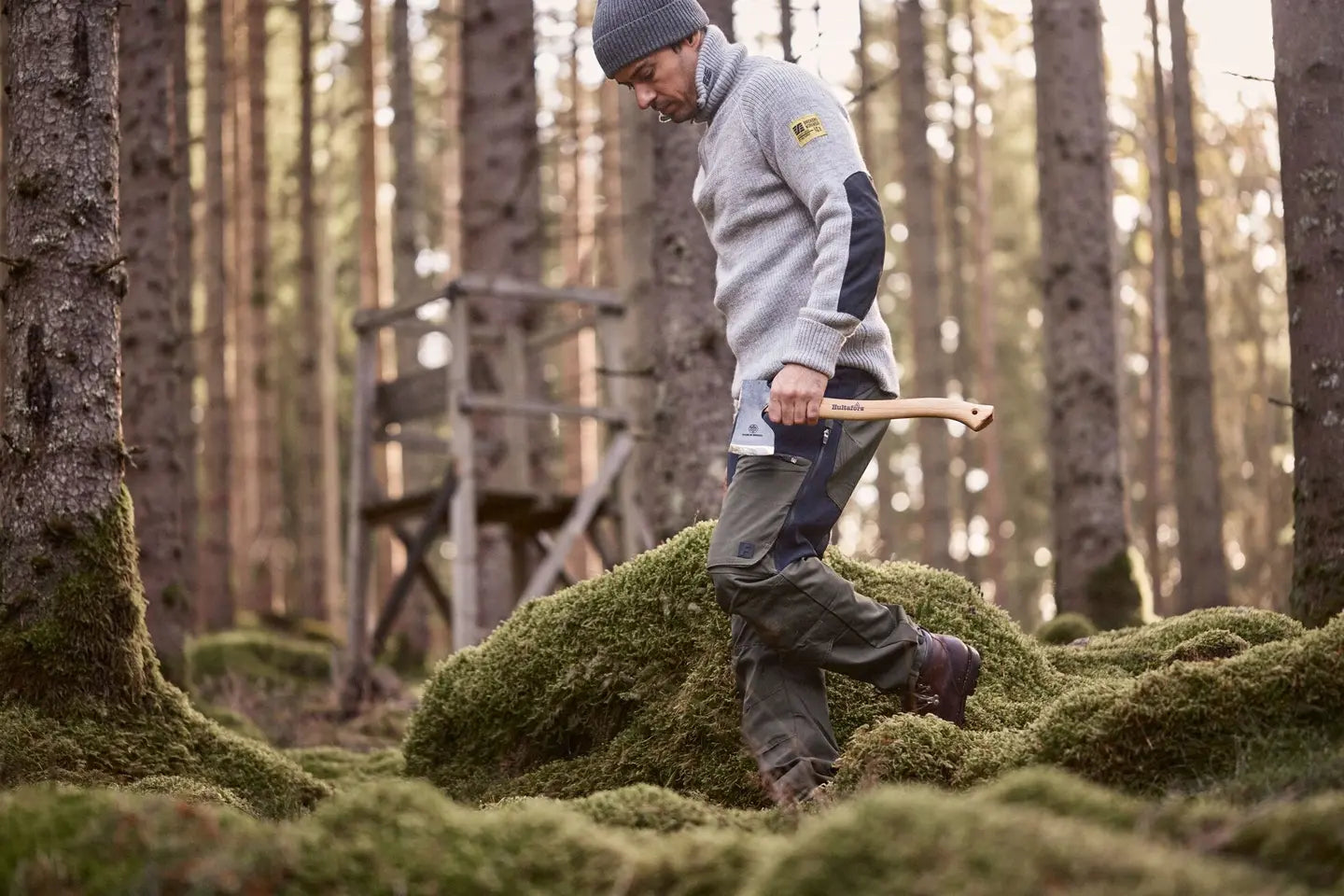
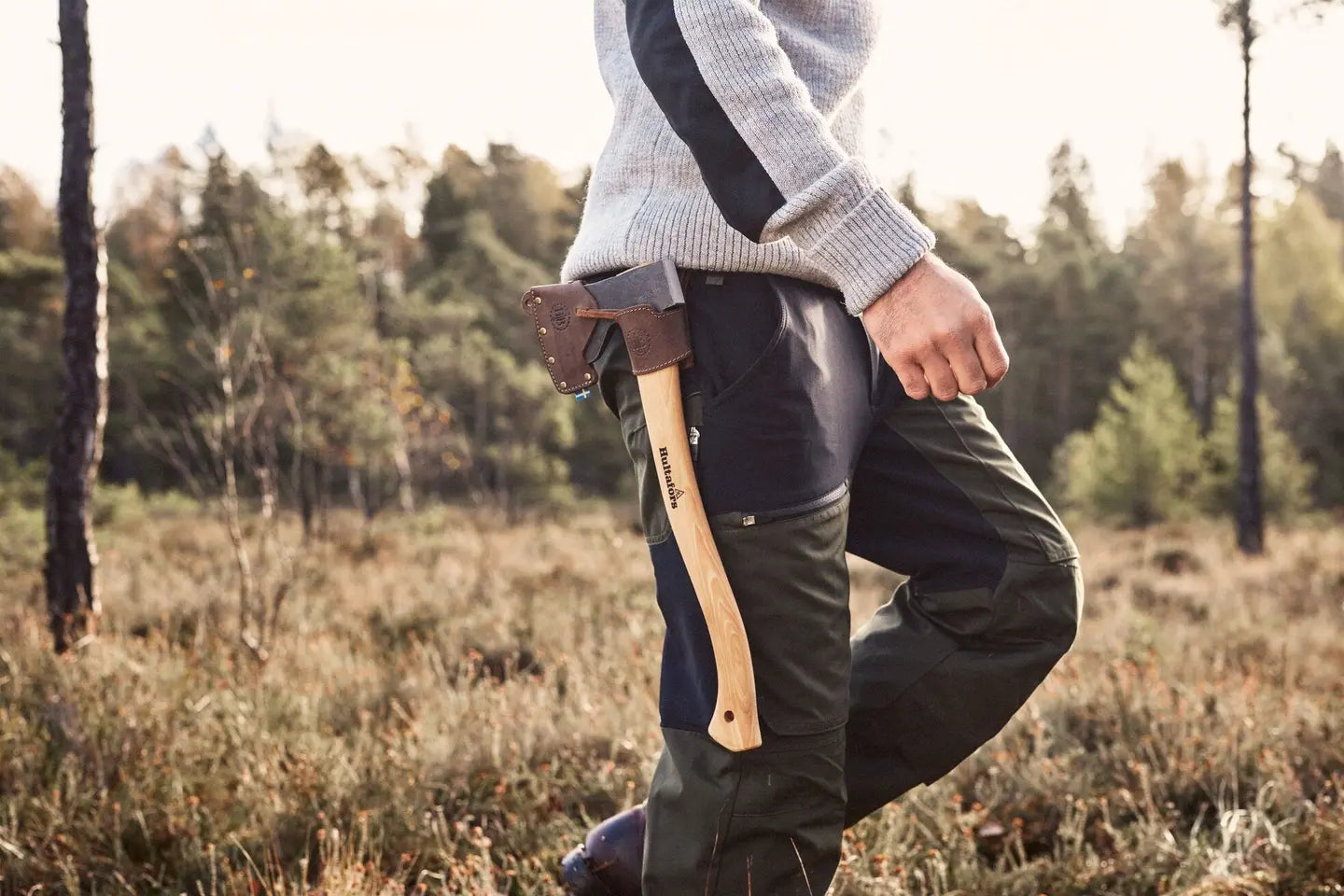
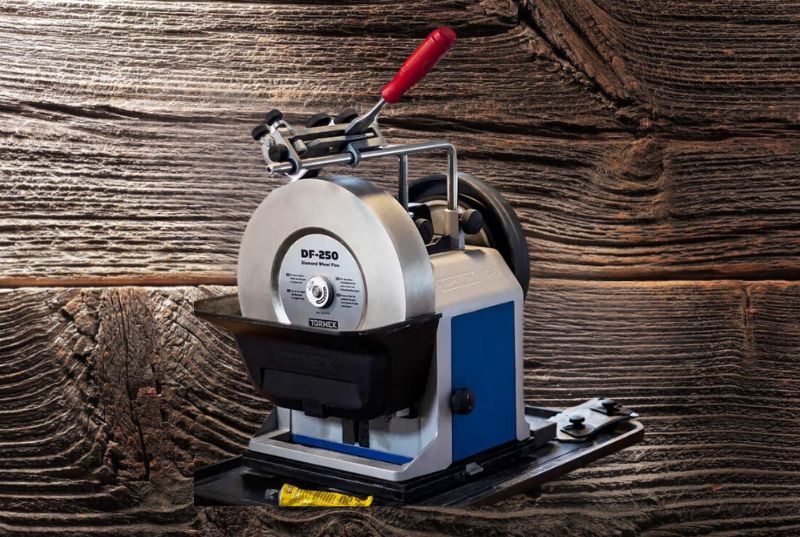
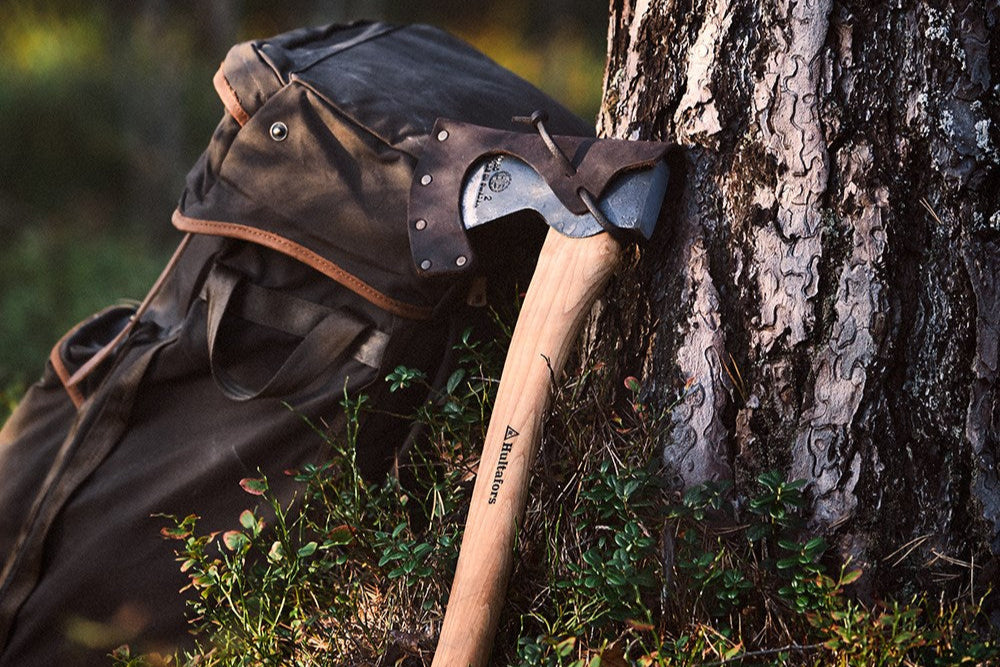

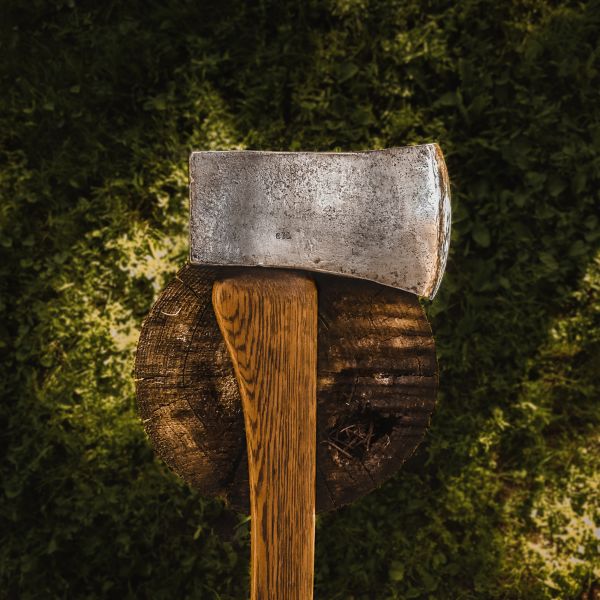


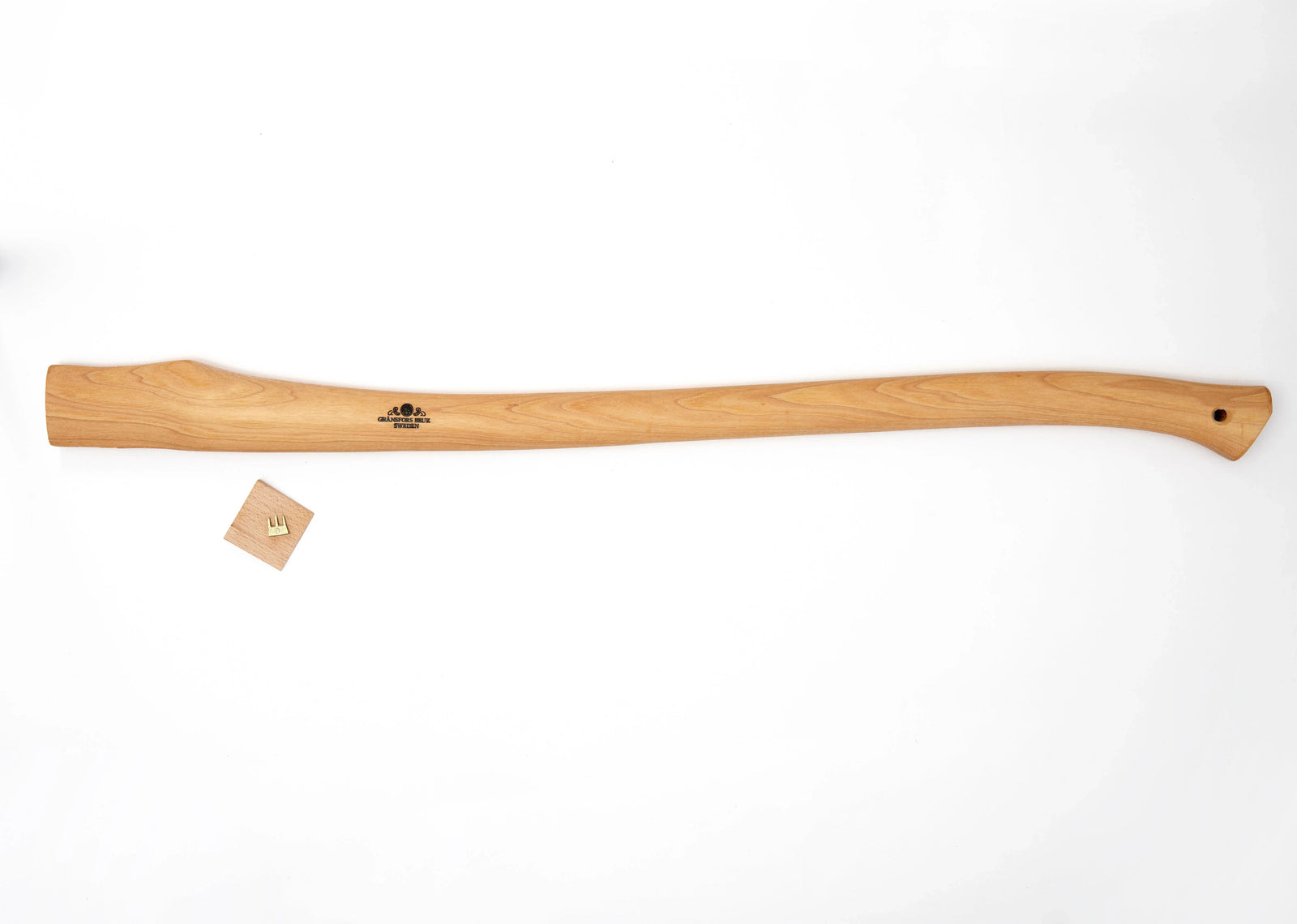



Leave a comment (all fields required)